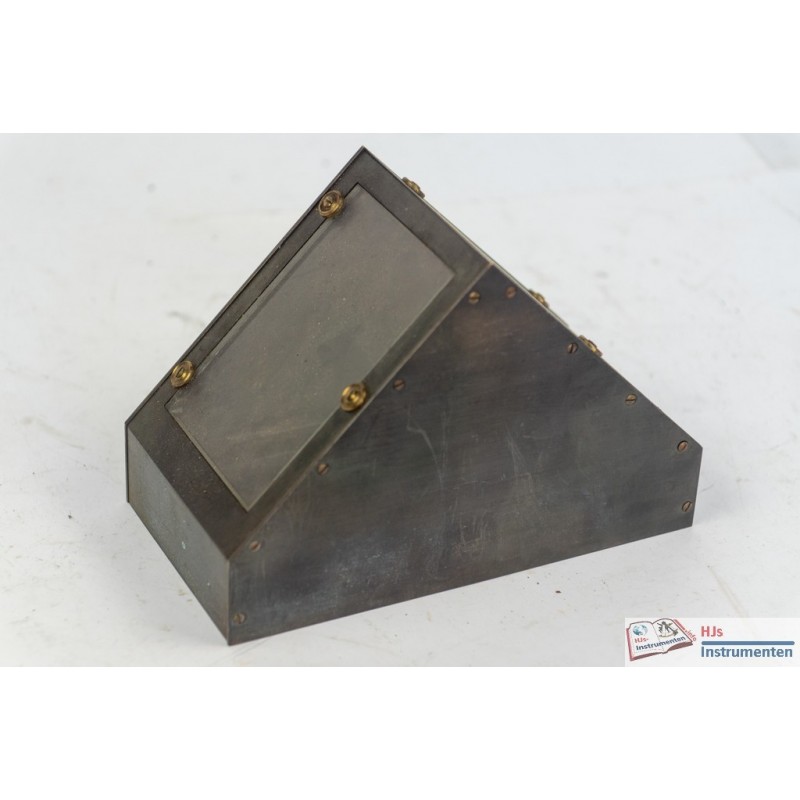








Mercury artificial horizon.
Obtained from the USA
Although I have a modern version of the mercury artificial horizon, I wanted to add an original one to my collection. So when one came up, I was very keen on getting it. While buying it, I checked the description to check for any possible mercury. Nothing was mentioned and the seller was not very good at responding. With an earlier mercury disaster (the radio sextant) in my mind, I took all possible precautions and unpacked the item outside of my house. There I found the good and the bad. The bad being that there was a jar of mercury. The good news that all mercury was still contained within the jar.
As mercury is a regulated toxin, actually importing it is technically not legal. Neither is storing a large quantity. So, being brave, I poured the mercury from the storage jar into a plastic jar. Outside, with proper PPE and all. The plastic jar can now be disposed off. Having said that, the seller was in no way appreciative of all these issues and went as far to say that the entire horizon was useless without the mercury... Exporting it is just as illegal as importing it (even if you are unaware you are). Anyway, the horizon is now as free of mercury as it can get and now a nice addition to my collection.
Something I hadn't realized before (but thanks to getting mercury for free) is that the tray of these instruments actually is not brass because the mercury would form an amalgamate with the brass (or most other metals). Only iron and steel (and plastic and glass) do not have this issue. The jar in this case is milled out of iron / steel and very heavy by itself. To say the least, the original designers did not want to take any risks with mercury spilling either... The jar is very sturdy and it is set into the box very tight without the risk of it running loose. Very comforting, but still, I decided that not having the mercury was even better...
Anyway, these horizons were used with a sextant when on land or at least without having a true horizon. The mercury would then be used as a reflecting surface and create a double angle to a star or the sun. Using the reflected image as horizon and the real object as target an angle is obtained that is twice the true angle. The downside is ofcourse that the range of the sextant is now limited i.e. a 120 degree instrument can now only measure altitudes up to 60 degrees. This type of horizon was often used in hydrography for obtaining latitude.
Data sheet
You might also like